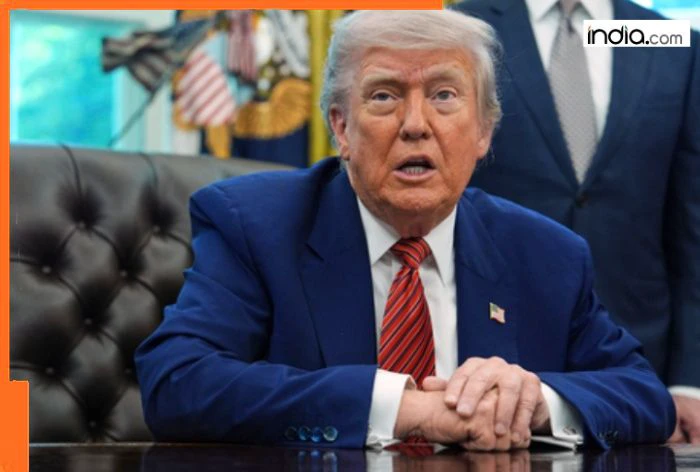Trump remittance tax: In a significant development that could severely impact Indian students and Non-Resident Indians (NRIs) in the United States, the US Senate Tuesday passed President Donald Trump’s “One Big Beautiful Bill Act”, which, among other things, imposes a new tax on overseas money transfers by non-US citizens.
What is the new Trump remittance tax?
The new tax law, dubbed by many as the Trump remittance tax, which comes into effect on July 4, 2025, imposes a one percent levy levy on remittances made through cash, money orders, or cashier’s cheques. The tax applies on remittances made by anyone who is not a US citizens, including Green Card holders, people on temporary visas such as H-1B or H-2A and foreign students.
The remittance tax impacts Indian students and H-1B workers who will now have to pay extra to send money back home. For example, if someone sends about Rs 100,000 ($1,160) back home to India, that person will now have to pay an extra Rs 1,000 in tax. The money will be collected by the remittance provider such as Western Union, MoneyGram or any bank, and passed on to the US government every quarter.
However, in a big relief, the tax rate was reduced to 1 percent in the final bill, against the initially proposed 5 percent.
How much remittances does India receive?
Foreign remittances are a key source of India’s forex reserves, with the country receiving $129 Billion in international remittances in 2024-the highest in the world, according to the World Bank. About 28 percent of India’s remittance inflows in 2023-24 came from the United States.
According to the data, states like Uttar Pradesh, Bihar, and Kerala, where millions of families are highly dependent on foreign remittances, may bear the brunt of Trump’s new tax law.
Millions of families in these states depend on remittances, which they use to meet expenses like education, healthcare and housing. But a sudden decline in remittance could drastically limit their spending power, and put more pressure on the Indian economy, which is already facing the challenges of global uncertainty and inflation, econ0mists say.
Why US remittance could impact India’s forex reserves?
According to economist, the new remittance tax could deeply impact India’s foreign exchange reserves (forex) as Indians in US would send less money back home due to the 1 percent levy.
Earlier, Ajay Srivastava, a senior economist, had predicated that India could lose between $12-18 billion if remittances from the US fall by 10-15 percent.
In a recent interview, Srivastava asserted that lower remittances means less inflow of the US Dollar in India’s foreign exchange market, negatively impacting the Indian Rupee, which would force repeated interventions from the Reserve Bank of India (RBI) to stabilize the currency. He predicted that the rupee may fall about Rs 1.5 against the dollar, in wake of reduced remittances.
